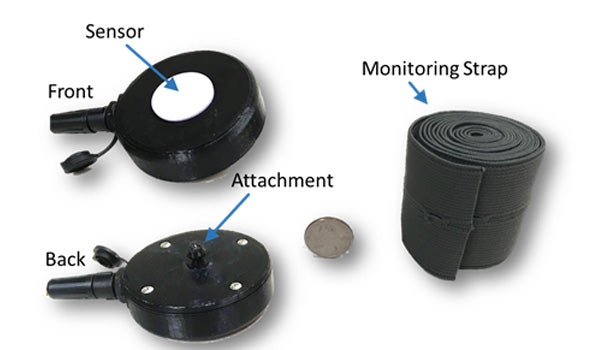Accuracy and usability evaluation of a low-cost tocodynamometer for use in the developing world
Funding Agency:
Merck for Mothers
Collaborators:
Rebecca Richards-Kortum (Rice), Phylos Bonongwe (Queen Elizabeth Central Hospital, Malawi), Suneet Chauhan (UTHSC)
Overview:
Worldwide, over 1 million infants die annually from complications during labor. Proper monitoring during labor and delivery is essential for identifying and managing obstetric emergencies. In high resource settings, tocodynamometers are used to monitor uterine contractions and track the progress of labor. In low resource settings, tocodynamometers are often not available, and nurses track the progress of labor by manually palpating contractions and recording data on a paper partograph. WHO recommendations suggest the monitoring of uterine contractions for a minimum of 10 minutes every half hour, requiring nurses to spend 1/3 of their time performing this one task for a single patient. Nursing staffing levels in low resource settings are generally not sufficient to meet this goal.
With funding from Merck for Mothers, we are developing Optoco: a low cost tocodynamometer to automatically monitor uterine contractions and display information that is normally recorded by hand on a partograph. Preliminary pilot data show good agreement between contractions detected by Optoco and contractions detected by a conventional tocodynamometer. We are currently optimizing the system in preparation for a pilot study in Malawi.

